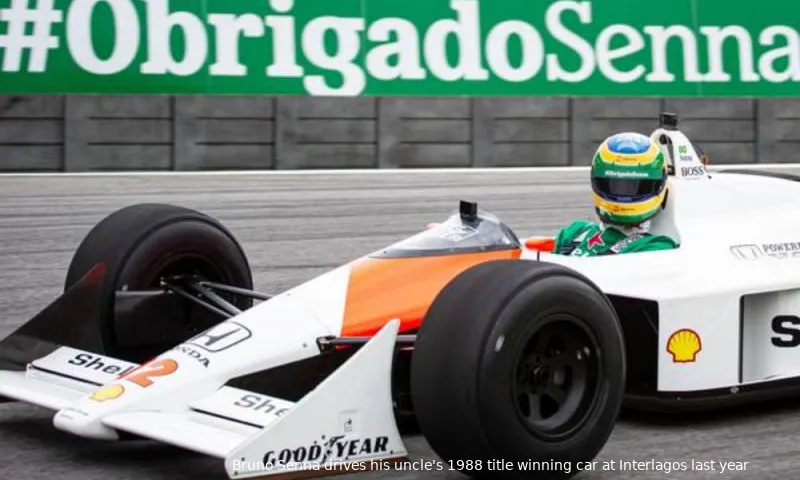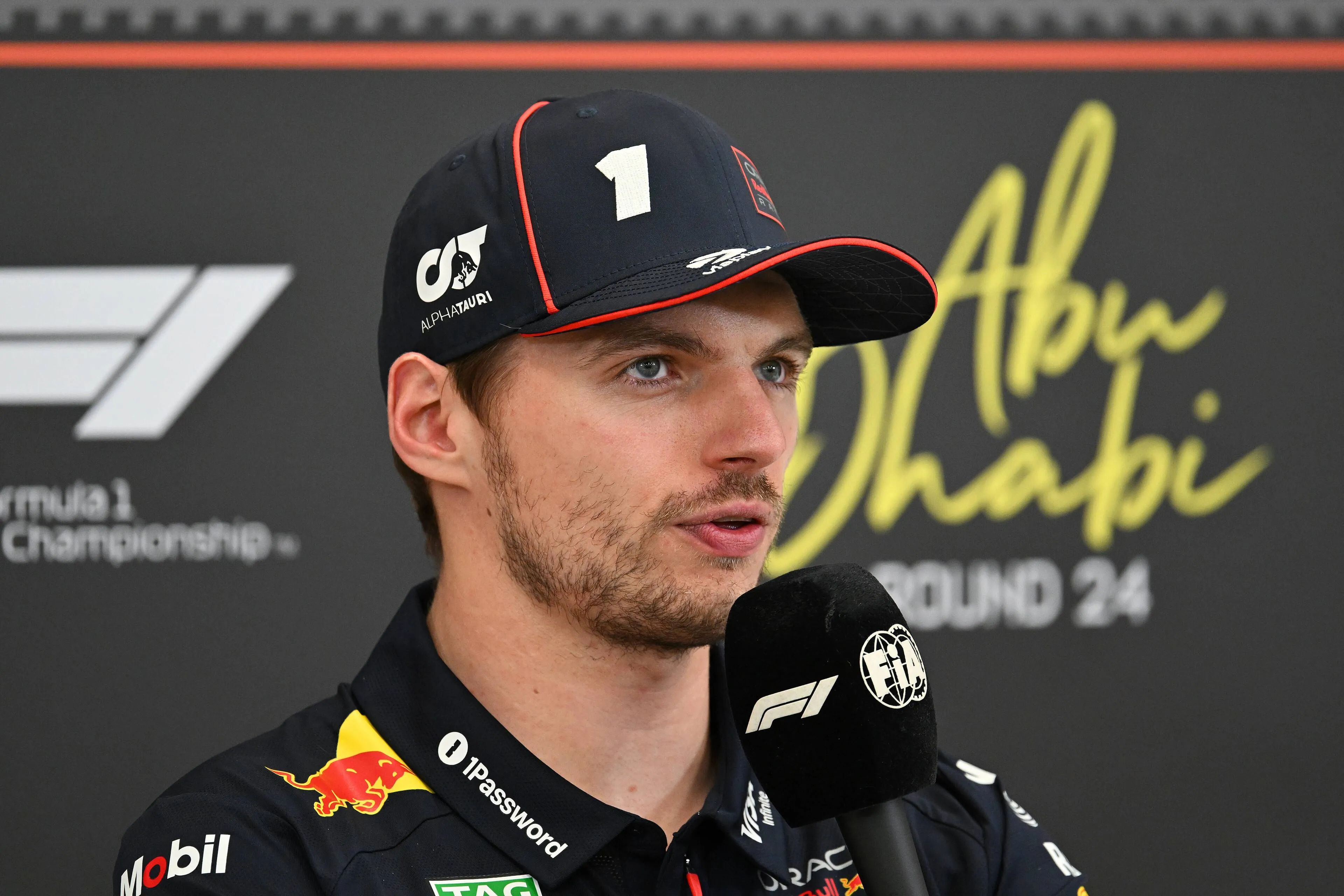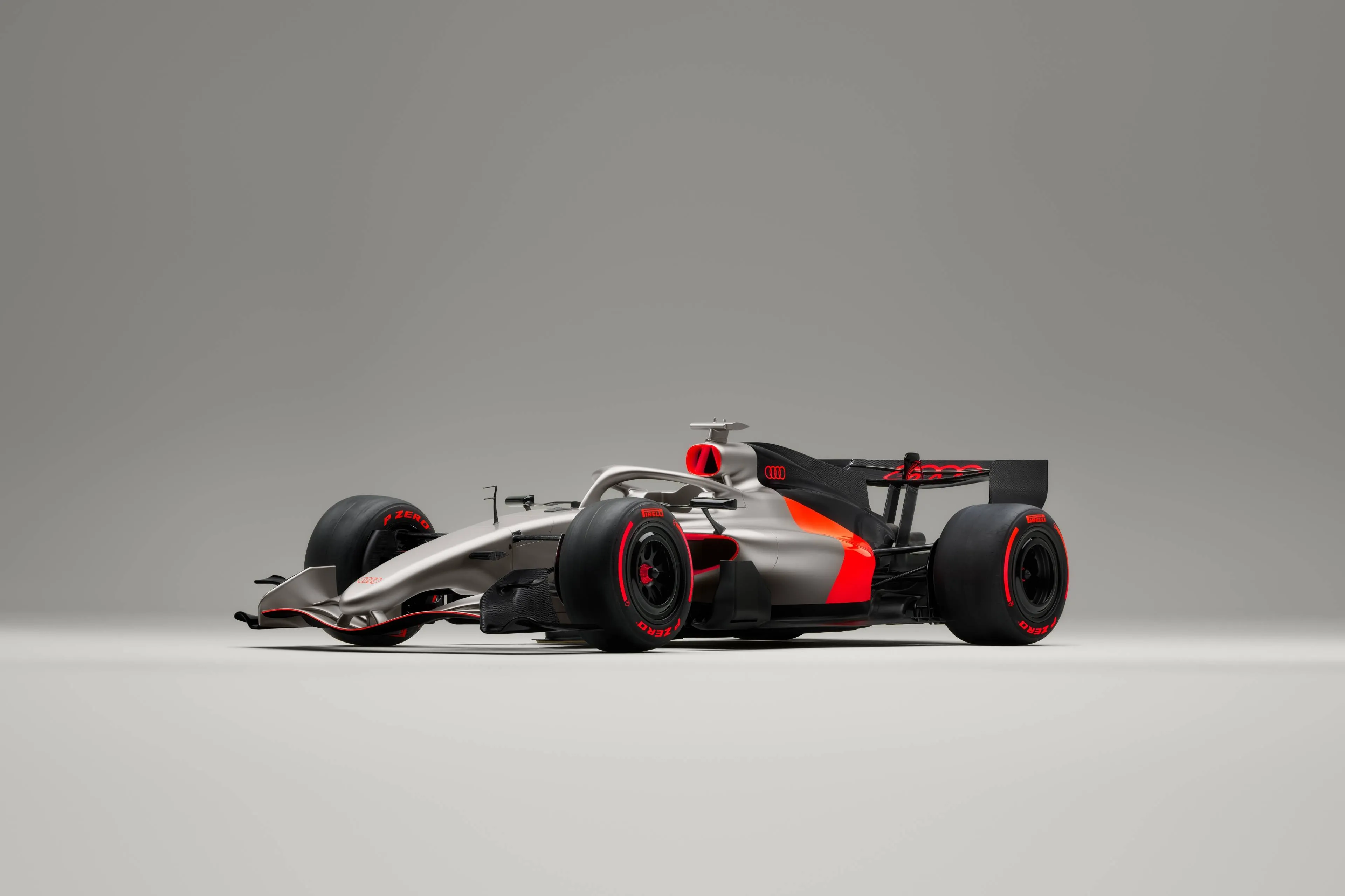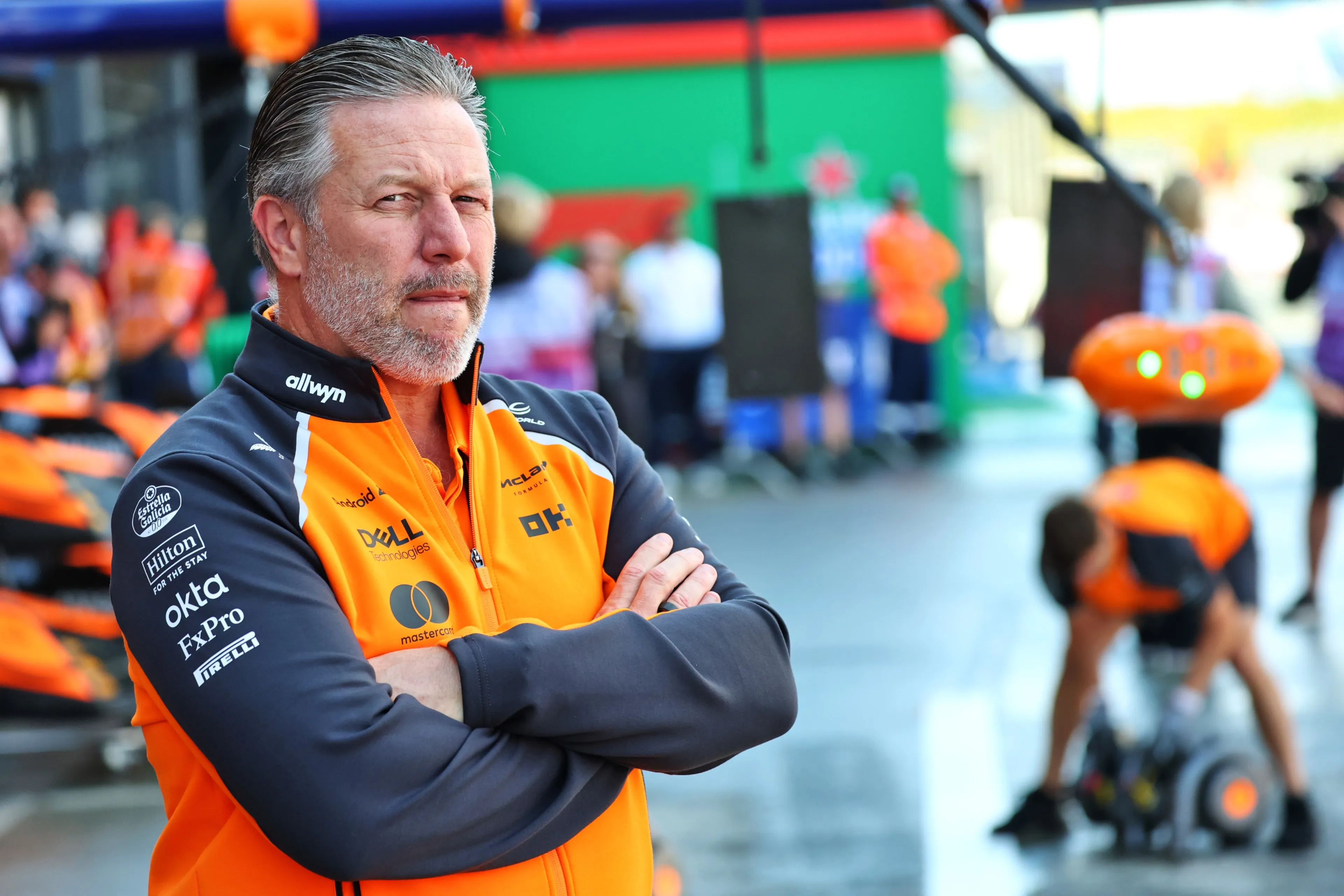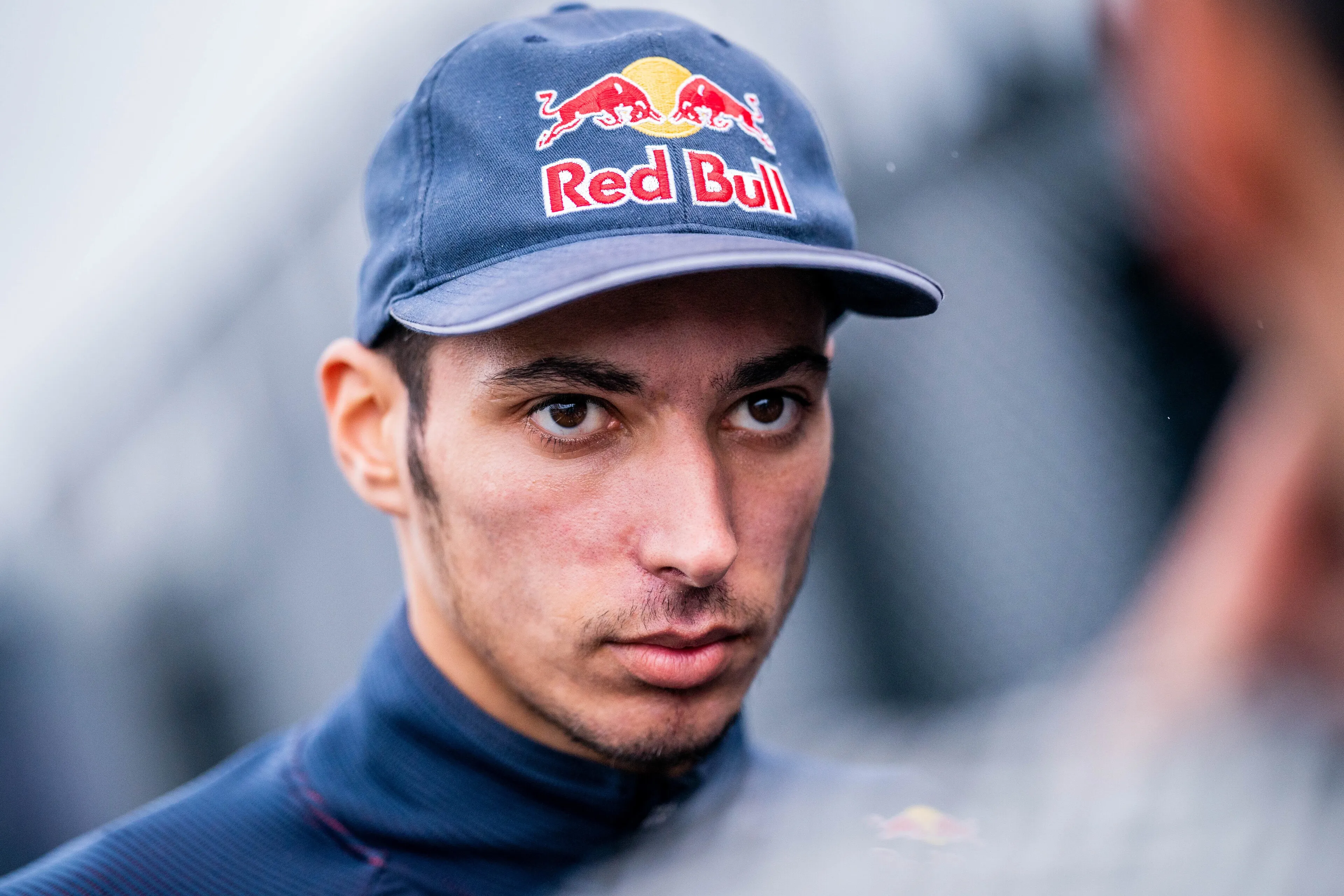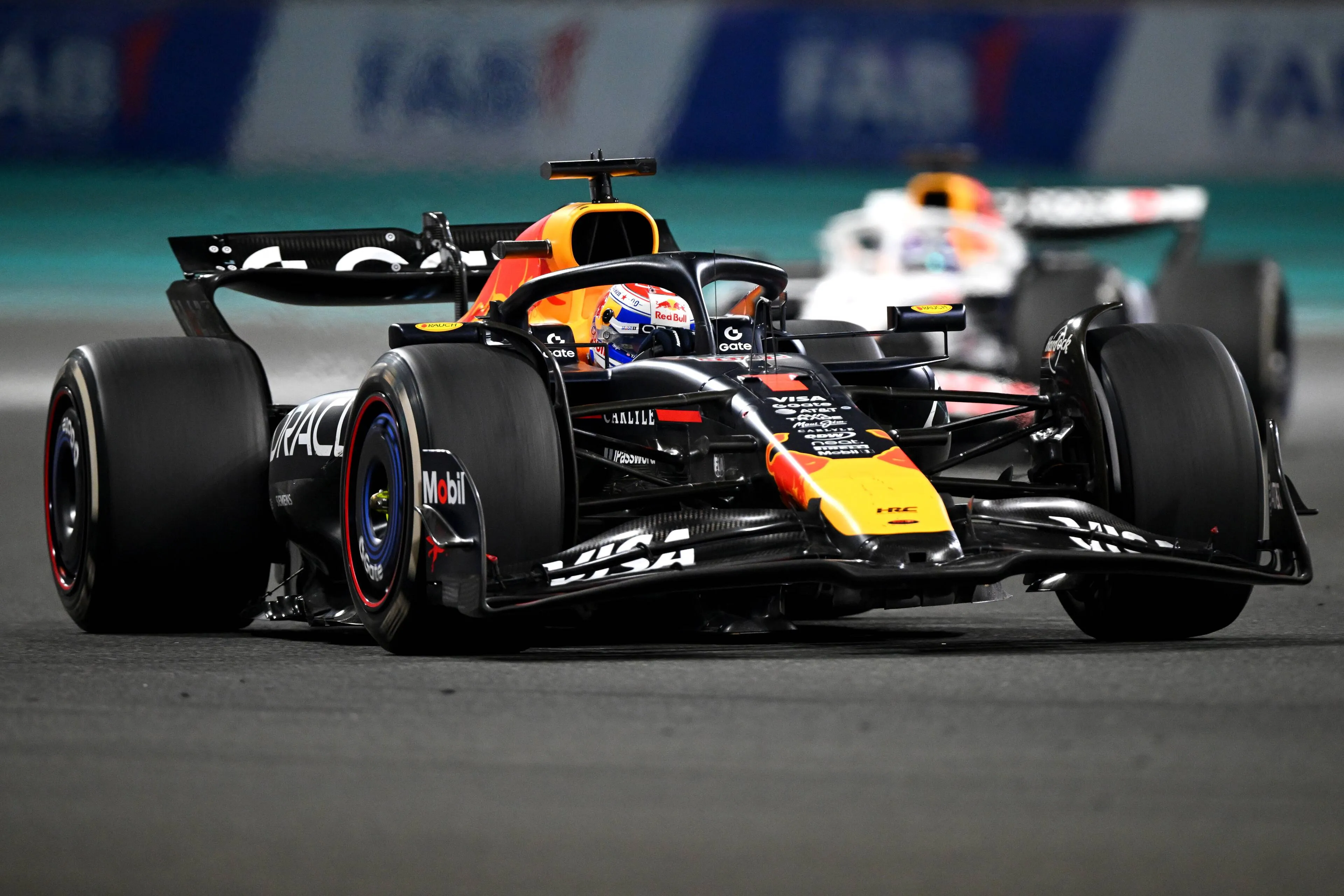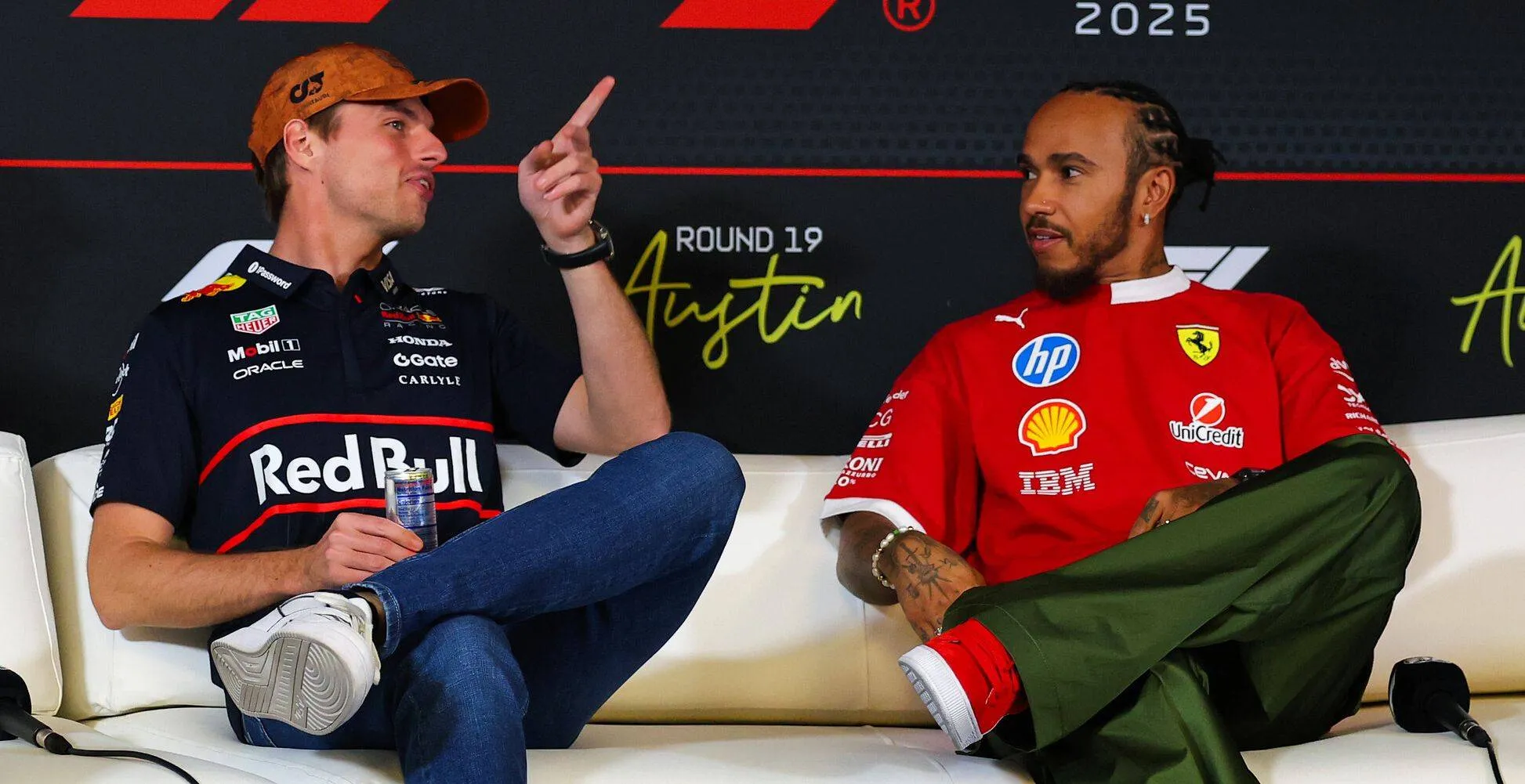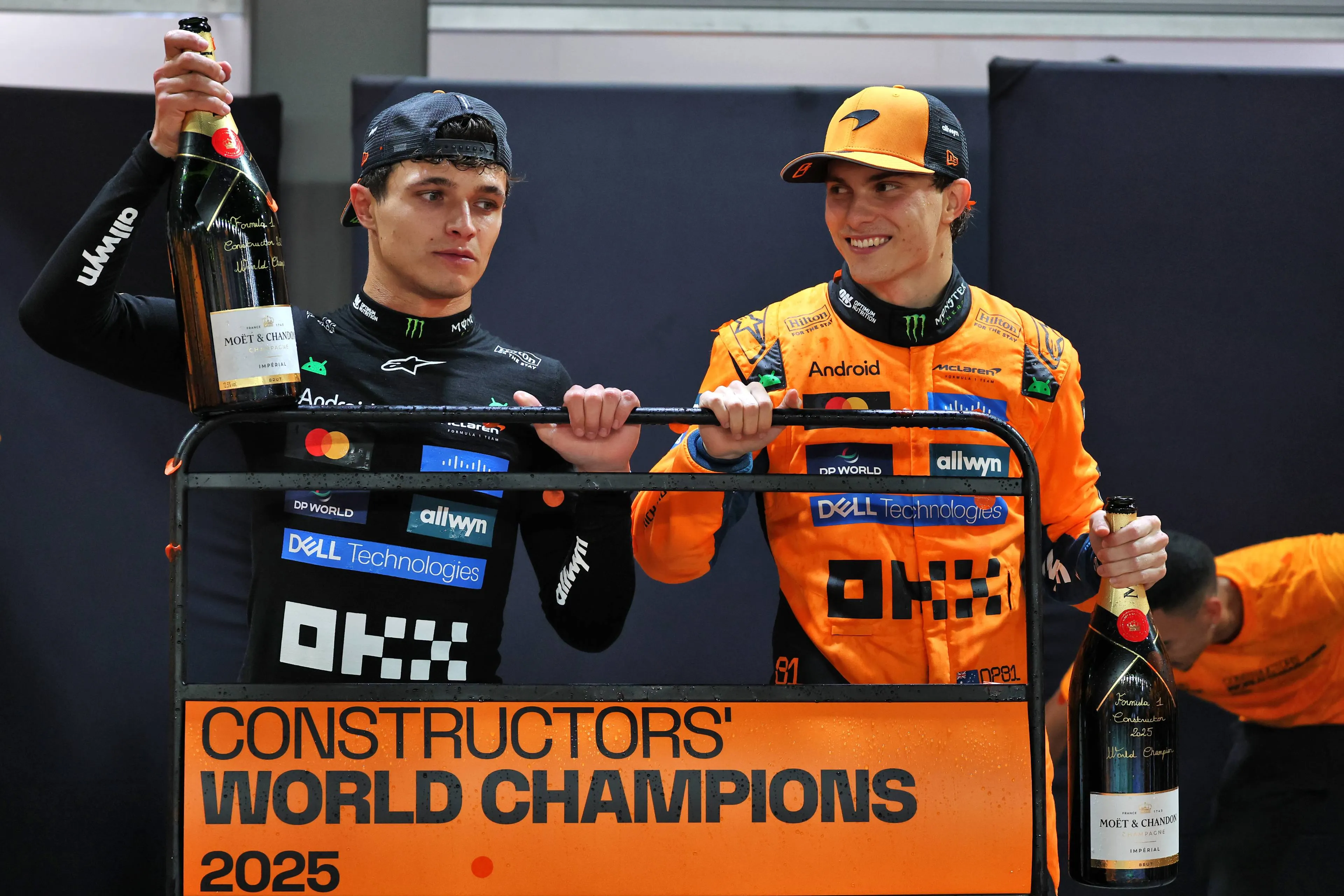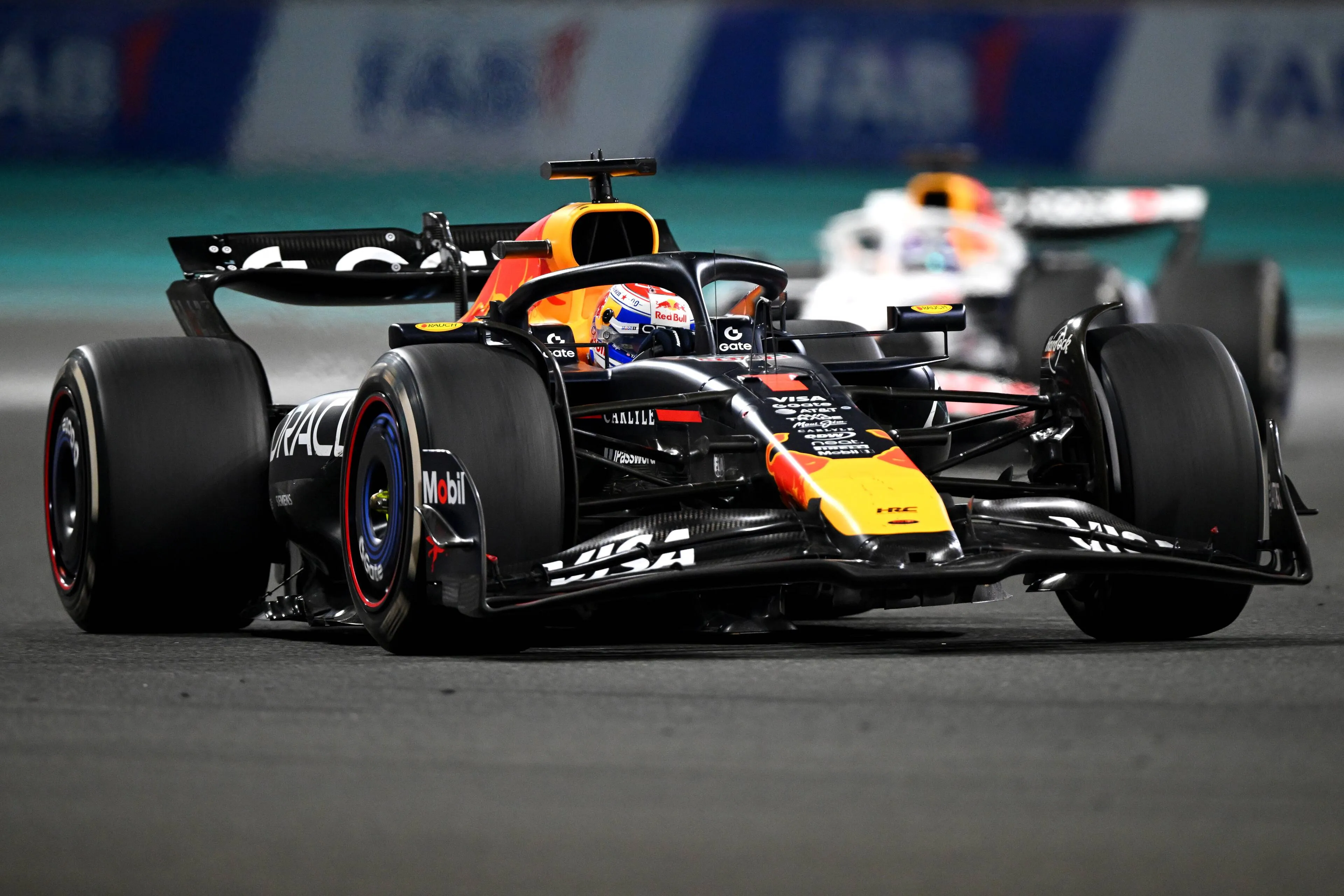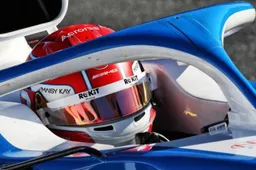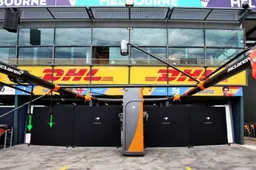Hello and welcome back one final time to GPBlog’s countdown of our top 50 F1 drivers of all time. Obviously this was supposed to be the eve of the opening race of the season, but the coronavirus has prevented the first few months the 2020 campaign. However, the countdown continues as normal and following Michael Schumacher coming in at two yesterday, you likely all know who number one is, Ayrton Senna.
Plenty of words come to mind when talking about Senna. Gifted, emotional and determined, Senna always gave it his all in the car and was often in a league of his own.
Senna made his F1 debut with minnows Toleman in 1984. He impressed with points finishes in South Africa and Belgium, but it was in Monaco where he really showed what he could do.
On a wet track, Senna worked his way up the field and was catching Alain Prost at an incredible rate before the race was deemed too wet to continue. A few more laps and it would’ve been victory for the young Brazilian, but he had to settle for P2.
Two more podiums followed that season and then a move to Lotus for 1985. He won in Portugal to get the first of 41 career wins and then again later in the season in Belgium.
1986 saw his first title challenge. He won in Spain and the US, but a poor run of form towards the end of the season saw him drop out of contention.
It was a similar story in 1987, with Senna again taking two wins but being unable to hang on to the battle between Williams’ teammates Nigel Mansell and eventual champion Nelson Piquet.
For the following year he joined McLaren, teaming up with Prost and starting one of F1’s most talked about rivalries.
The McLaren was dominant, winning 15 of the 16 races. Senna won eight of these. At the Japanese Grand Prix, Senna had a chance to win the title with victory, but made the worst possible start, falling to eighth at the end of lap one.
He moved through the field quickly and overtook Prost on lap 28 of 51, securing his first title in style.
The pair’s relationship turned sour in 1989 and it was Prost who had a shot at the title in Japan. Senna trailed the Frenchman and went for a move into the final chicane, only for Prost to turn in and collide with Senna.
Prost was out on the spot, but Senna received a push start from the marshals and re-joined the race, going on to win. However, as he cut the chicane, Senna was disqualified for not completing the race distance and the title went to Prost.
Prost moved to Ferrari for 1990 but the their battle remained. Senna had won six races by the time they got to Japan and had a chance for title number two.
Senna took pole but was frustrated by the decision not to move pole position to the clean side of the track. As expected, Prost in second got the better start and was leading on the way into turn one, before Senna crashed into him and took them both out of the race, confirming Senna’s championship win.
It would be a year before he admitted it was deliberate, but not before he came out with the famous line: ‘If you no longer go for a gap, you are no longer a racing driver’.
1991 was domination for Senna, with Ferrari struggling and Williams posing the bigger threat. Senna had built enough of a lead over Mansell in the early part of the season to make him a triple world champion, again taking the title at Suzuka.
Williams emerged as the best team in 1992, leaving Senna to pick up just three wins and finish down in fourth, behind Mansell, Riccardo Patrese and new kid on the block Michael Schumacher.
1993 was more encouraging but much the same, as he was unable to keep up with the Williams of the returning Prost, who cruised to the title despite Senna taking five wins, the last of those in the season finale in Adelaide.
For 1994 Senna decided he needed to change teams, and moved to the champions of the previous two seasons, Williams. He took pole in the first two races, but a spin in Brazil and a crash with Mika Hakkinen at the Pacific Grand Prix saw him trail Schumacher in the standings.
Another pole followed in Imola, but after that, we all know what happened. Senna was visibly upset by the death of Roland Ratzenberger in qualifying and a day later, Senna suffered the same fate in a high speed crash at the Tamburello corner.
Senna’s passing left a huge hole in the F1 world. The highest profile driver of the time, a national hero in Brazil and the favourite for the title despite trailing Schumacher, Senna’s death rocked not just F1 and not just sport, but the world.
He gave us some of the most emotional moments in F1 history, such as his win on home soil in 1991, or when he overtook four cars on one lap at Donington in 1993. There are countless more moments like this, but I’ve got a word count to stick to.
Senna’s name is still spoken of around F1 today, such is the legacy he left, and he is deserving of number one on this list.
So there we are, the end of this list. Thanks everybody for reading this, it’s taken a lot of time, research and writing to put this together and I hope you enjoyed it. Of course, this is just the opinion of the writer and others at GPBlog. We never claimed for it to be perfect and I’m sure you have other opinions. Thanks for your comments, let us know what you thought of the list down below. What would you change? Or were we pretty close?
Read more about:
Popular on GPBlog
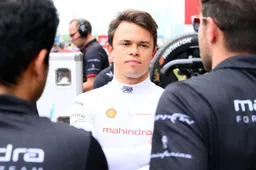
1
Confirmed: Nyck de Vries will remain in F1 in 2026 after a standout season
2397 times read
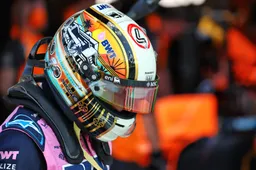
2
Alpine announces parting ways with ex-Formula 1 driver after 2025 swap
711 times read
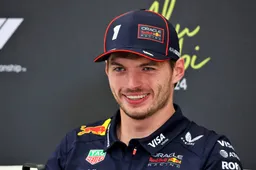
3
Max Verstappen reveals the one thing he would never do as team boss
600 times read
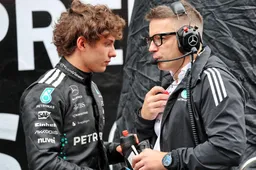
4
F1 Today: Mercedes decides the race engineers for Russell and Antonelli
322 times read
Loading
